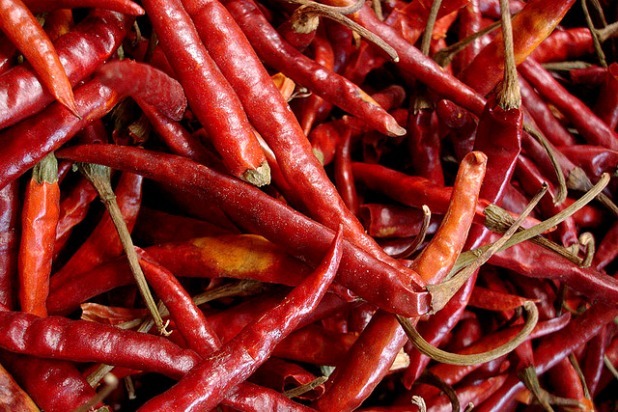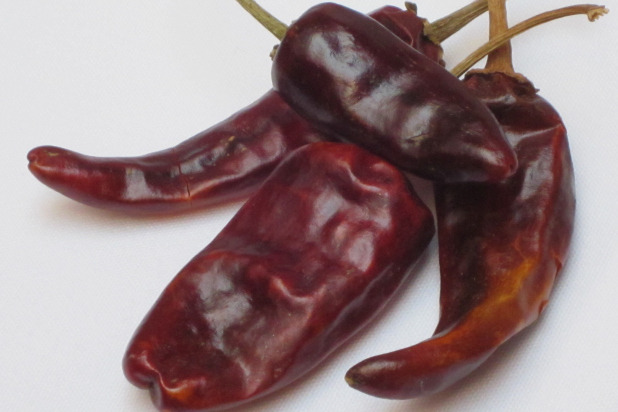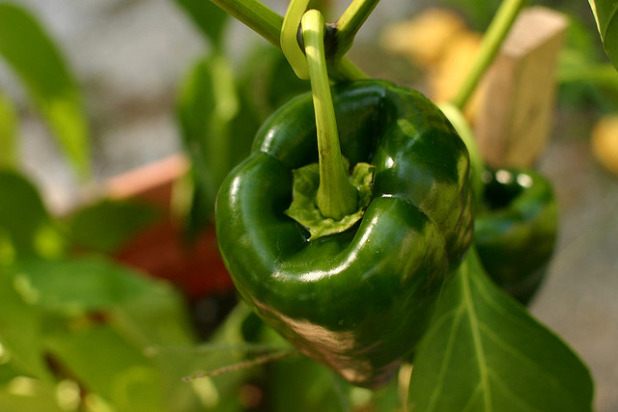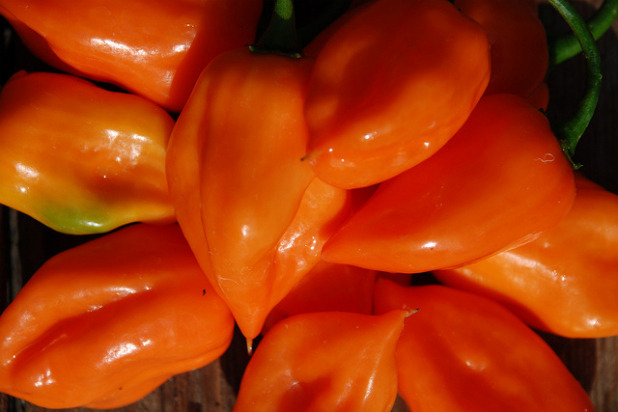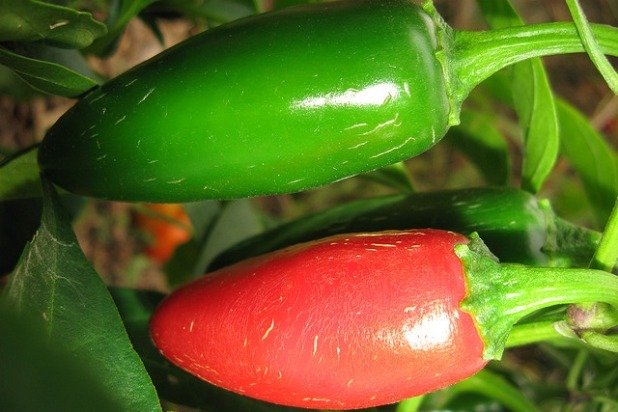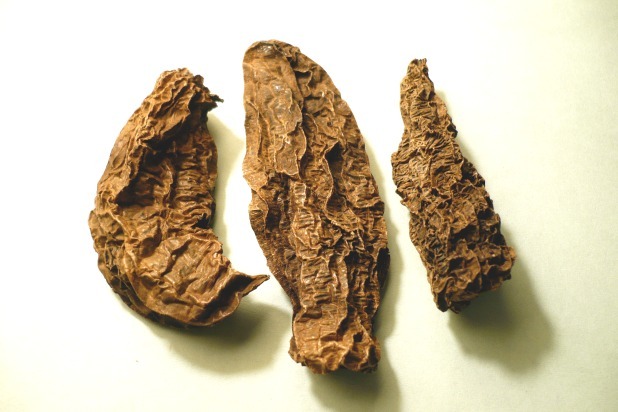Guide To Chiles 101 Slideshow
Fruity and slightly acidic, this pepper is used in traditional al pastor in Mexico, a spit-roasted pig marinated in guajillo pepper and pineapple. It also makes for a fantastic salsa.
Chile de Arbol
Often dried, this chile has a smoky flavor. Dried chiles are best kept in a glass, airtight container in the freezer for at least two weeks in order to kill any moth eggs that may be on them.
Chiles de arbol are versatile and used in many dishes. It is the key ingredient, for example, in salsa roja, or Rosa Mexicano's Chile de Arbol Salsa.
Costeno Rojo
This chile is hot and slightly tart; it's best soaked in salt water before using in moles.
Poblano
This pepper is mild, and usually roasted first to remove tough skin before being stuffed or cut into strips. The dried version is known as the ancho chile and has a sweet flavor reminiscent of raisins.
Fresh chiles should be stored in the refrigerator, wrapped in paper towels in order to prevent moisture build-up.
Poblanos are often used in dishes where you don't want the heat to drown out the other flavors, such as this recipe for Chorizo and Poblano Tacos.
Habanero
Habaneros are one of the hottest chiles, but also slightly sweet. As a general rule of thumb, smaller chile peppers like the habanero are hotter.
Habanero chiles are ideal for applications of maximum heat, such as this recipe for Jamaican Curry Goat.
Jalapeño
The jalapeño is ubiquitous, but don't let that fool you into thinking all jalapeños are created alike. Fresh peppers turn from green to red as they age and will also develop streaks. This is a sign that the pepper is older, and consequently, hotter.
Chipotle Meco
This chile is smoky and sweet — chef David says it is the true chipotle chile. It is mostly consumed in Mexico and can be hard to find in the United States. However, you can certainly get them through mail-order vendors such as thechileguy.com.

